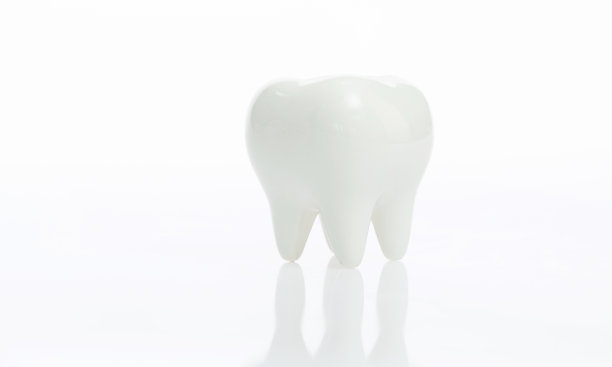The Essential Guide to Extracting a Tooth Safely and Understanding Post-Extraction Care
Summary: Extracting a tooth is a common dental procedure that, when performed correctly, can alleviate pain and prevent further dental issues. This article serves as an essential guide for safely extracting a tooth and understanding post-extraction care. We will explore the preparation and tools needed for an extraction, the steps involved in the procedure itself, methods for managing pain and ensuring safety during the operation, and finally, the critical aspects of aftercare that promote healing and prevent complications. Understanding these components is vital for both dentists and patients to ensure a smooth extraction experience and recovery.
1. Preparing for a Safe Tooth Extraction

Before any tooth extraction is performed, proper preparation is crucial. This stage begins with a comprehensive dental examination, where the dentist evaluates the tooth to be extracted. They assess the surrounding teeth and structures to ensure there are no underlying issues that could complicate the procedure.
Moreover, a complete medical history is vital. Patients should inform their dentist of any allergies, medications, or pre-existing health conditions. This information enables the dentist to take necessary precautions, such as administering appropriate anesthesia or antibiotics to prevent infection.
Lastly, patients are advised to avoid certain foods and beverages prior to the extraction. Fasting for a specified period is recommended, particularly when sedation is involved, to ensure safety during the procedure. Understanding these preparatory steps sets the foundation for a smooth extraction.
2. Steps Involved in Tooth Extraction
The extraction process usually involves several critical steps that must be followed meticulously. Initially, anesthesia is administered to ensure the patient remains comfortable and free from pain. Depending on the case, this may be local anesthesia, sedation, or general anesthesia.
Once the area is numbed, the dentist uses specialized tools to loosen the tooth from its socket. This step may involve breaking down the tooth into smaller fragments if it is severely decayed or impacted. The dentist carefully maneuvers the instruments to prevent damage to surrounding teeth and tissues.
After the tooth is extracted, it is essential to ensure that no fragments are left within the socket. The dentist may use gauze to control bleeding, and in some cases, stitches may be necessary. Ensuring a clean extraction is vital for promoting healing and reducing the risk of complications.
3. Managing Pain and Ensuring Safety
Post-extraction pain management is a crucial aspect of the overall procedure. Dentists typically prescribe pain relief medication to help manage discomfort in the hours and days following the extraction. Over-the-counter medications, such as ibuprofen, may also be recommended.
In addition to medication, the dentist will provide guidance on best practices to minimize pain. For instance, using cold compresses on the outside of the mouth can help reduce swelling and numb pain. Patients are encouraged to rest and avoid strenuous activities to further support recovery.
Safety during and after the extraction is non-negotiable. The dentist will provide instructions to avoid actions that could jeopardize healing, such as using straws, smoking, or consuming hot foods. Following these instructions can make a significant difference in the recovery experience.
4. Essential Aftercare to Promote Healing
Post-extraction care plays a significant role in preventing complications and ensuring proper healing. Patients need to keep the extraction site clean, as instructed by their dentist. Gentle rinsing with salt water may be advised to help maintain oral hygiene.
Monitoring for signs of infection or complications is equally important. Patients should be alert for symptoms such as excessive bleeding, swelling that worsens, or fever. Early detection of these issues can facilitate prompt intervention, improving recovery outcomes.
Lastly, maintaining a soft-food diet for at least a few days is recommended. Soft foods reduce the risk of dislodging the blood clot that forms in the socket, which is crucial for healing. Gradually reintroducing regular foods will depend on the patients comfort and healing progress.
Summary:
In conclusion, extracting a tooth safely and understanding the necessary post-extraction care is essential for optimal dental health. Proper preparation, adherence to the procedural steps, pain management, and diligent aftercare combine to ensure a successful extraction experience with minimal complications.
This article is compiled by Vickong Dental and the content is for reference only.


